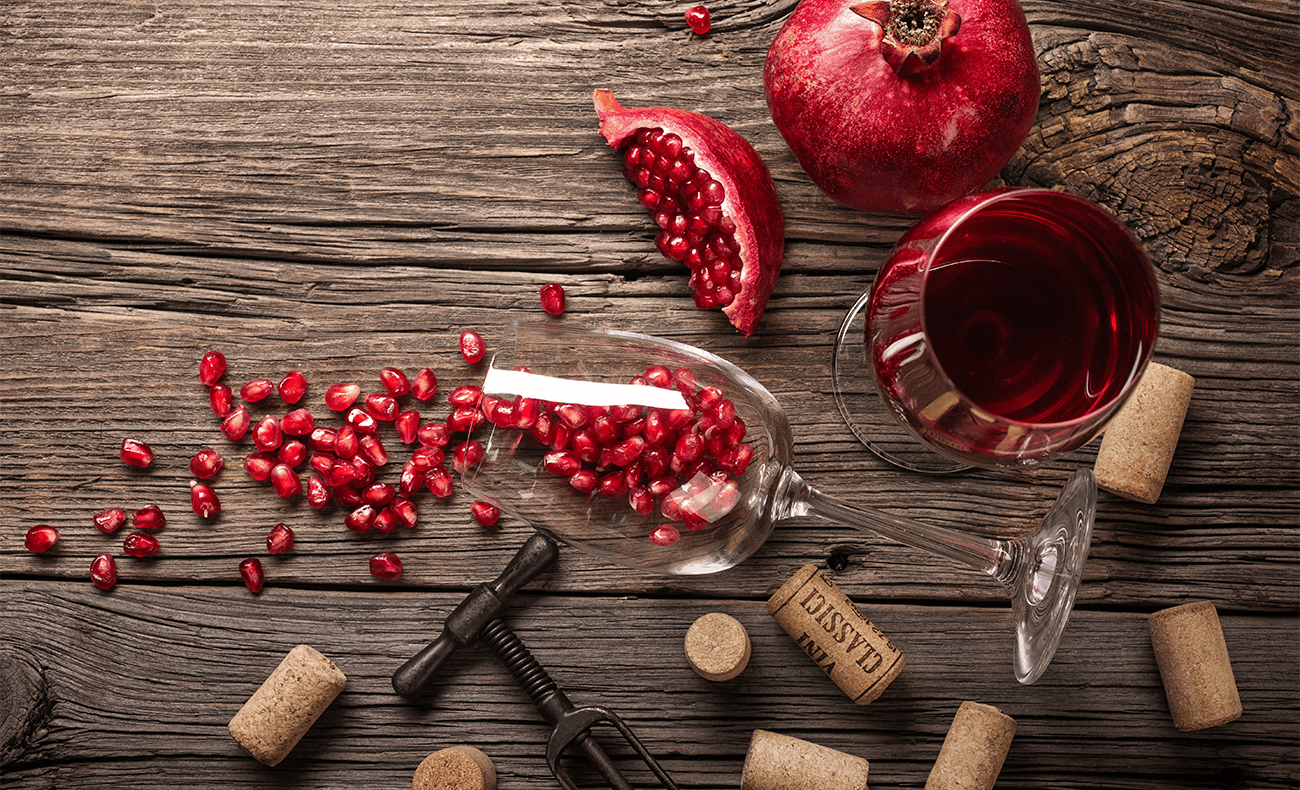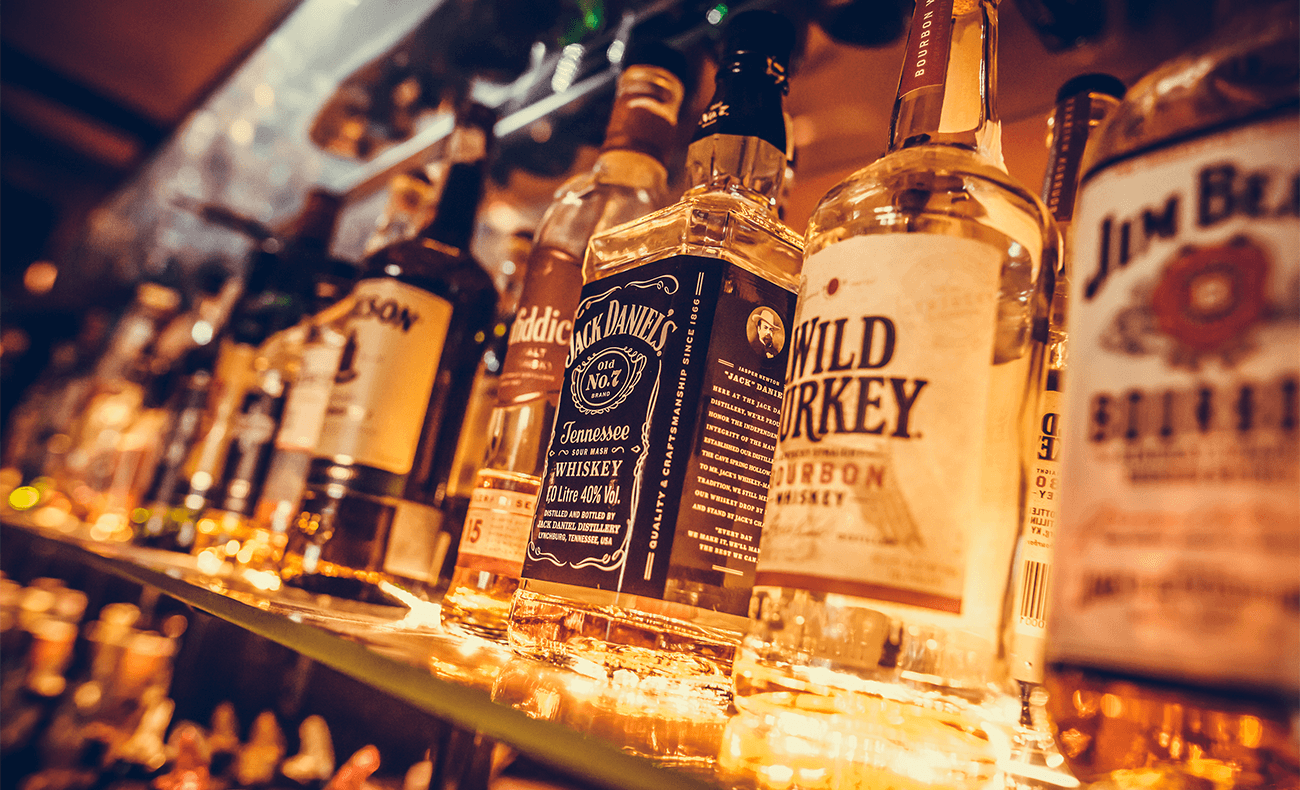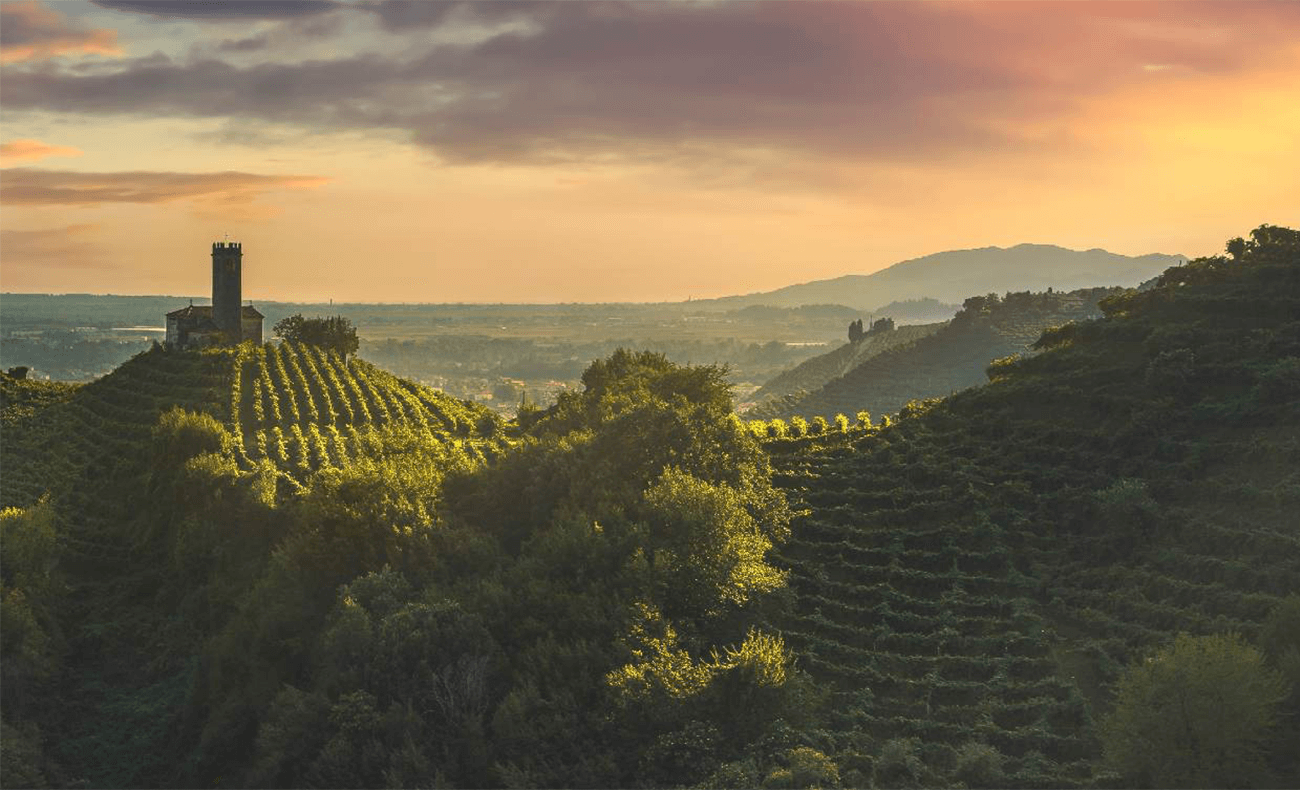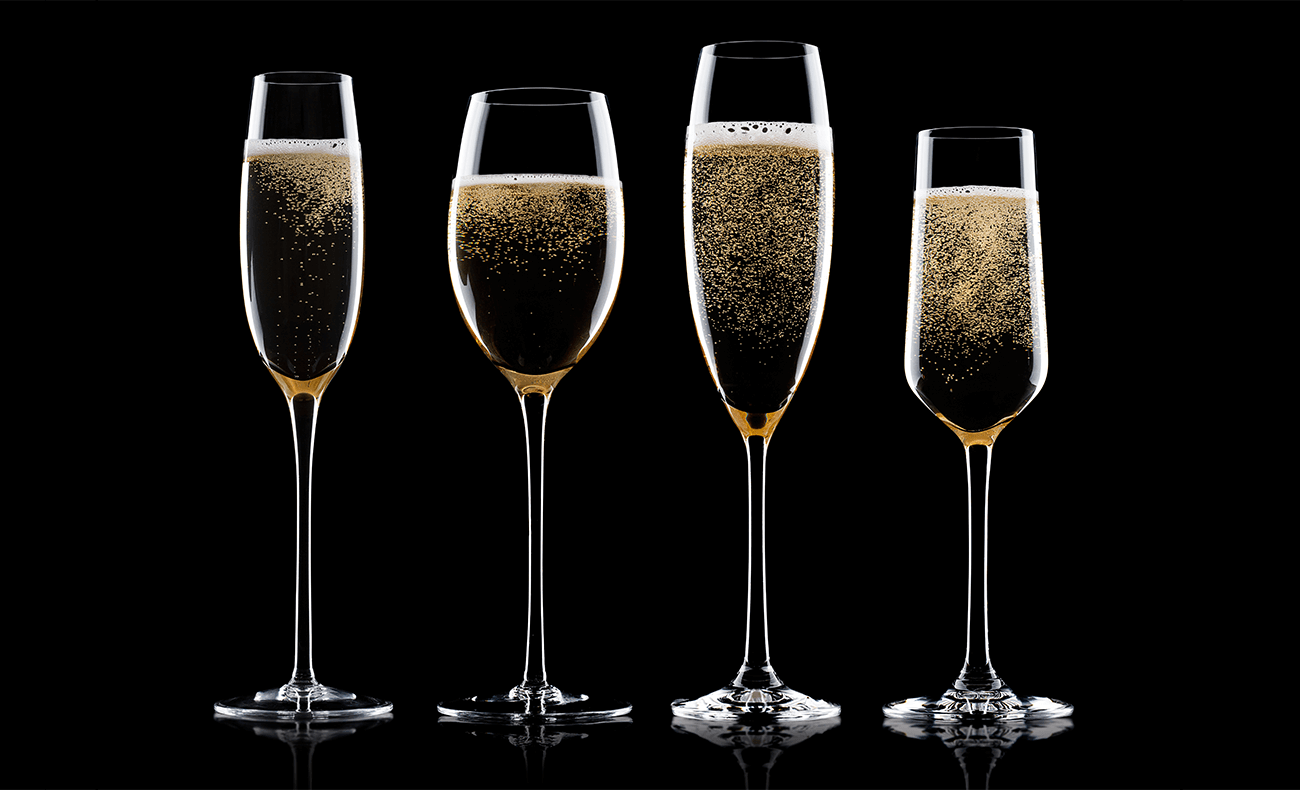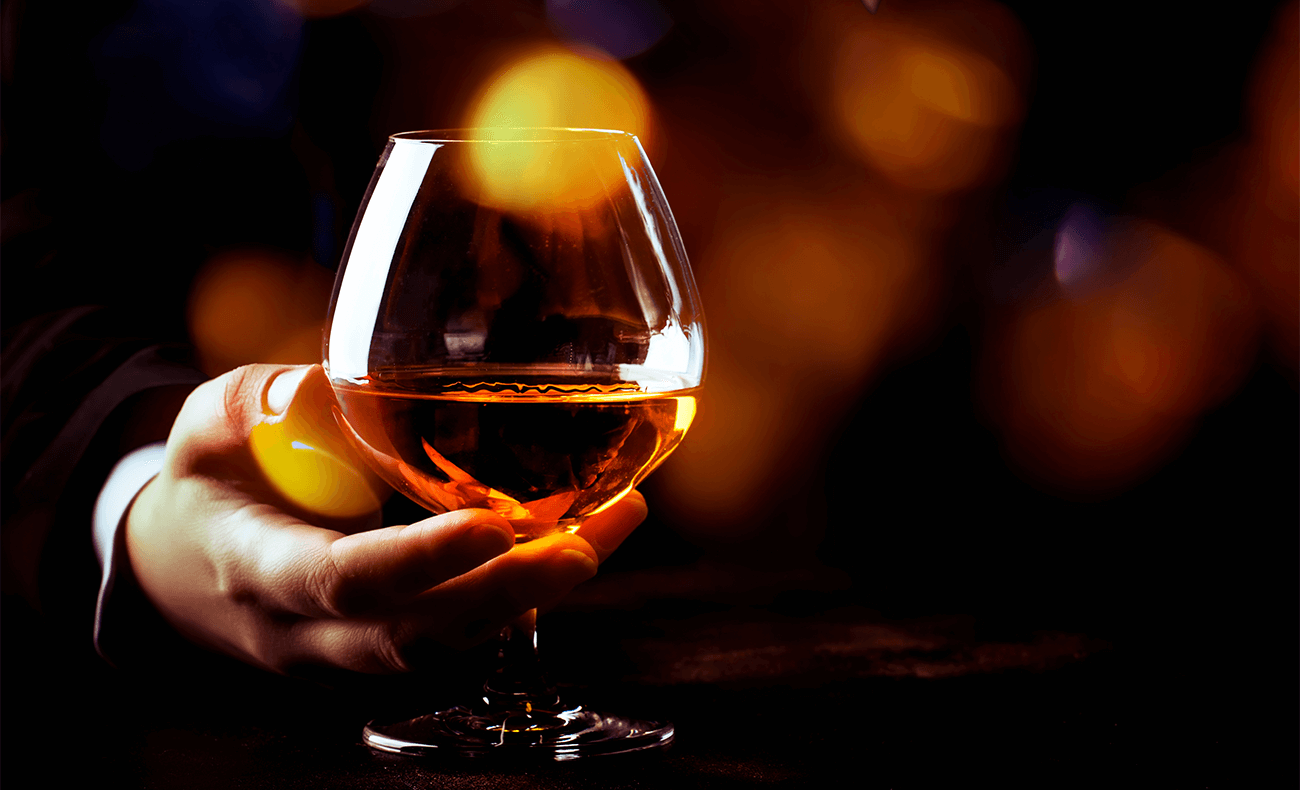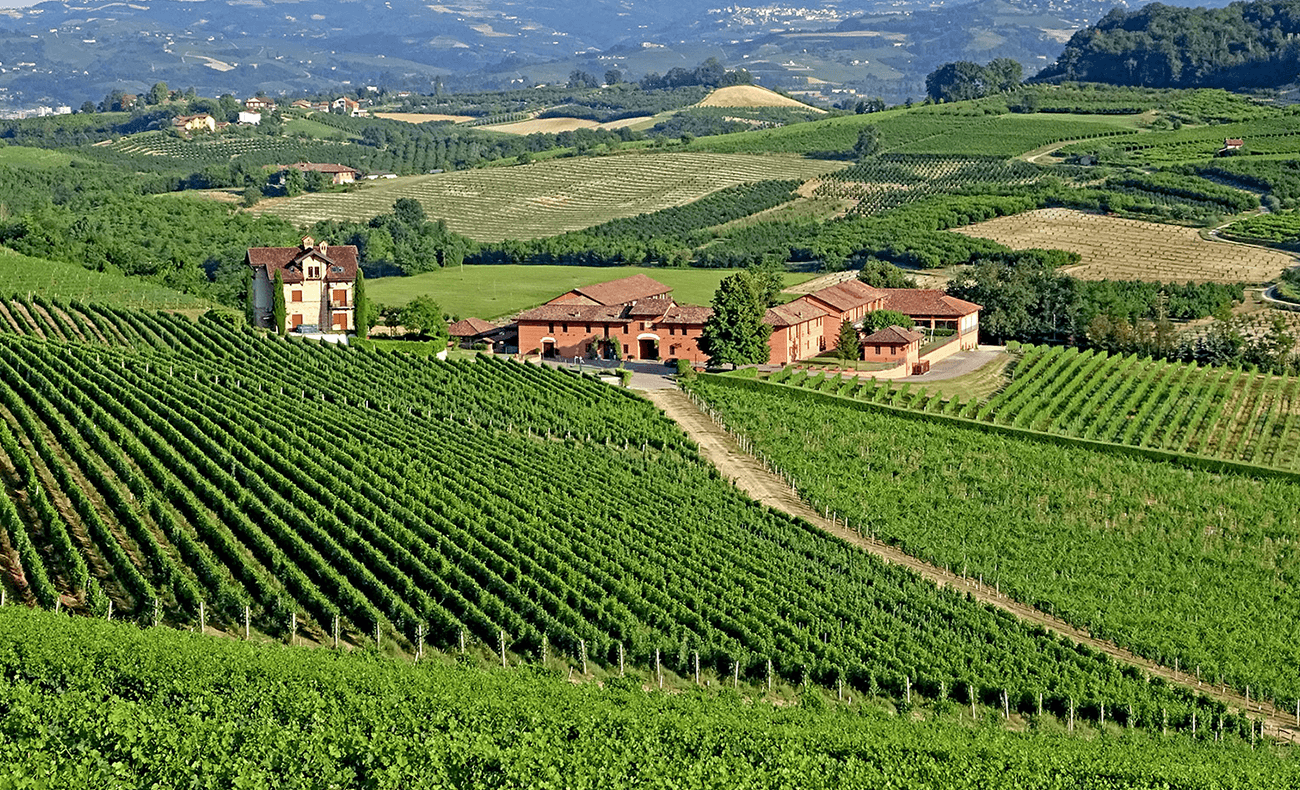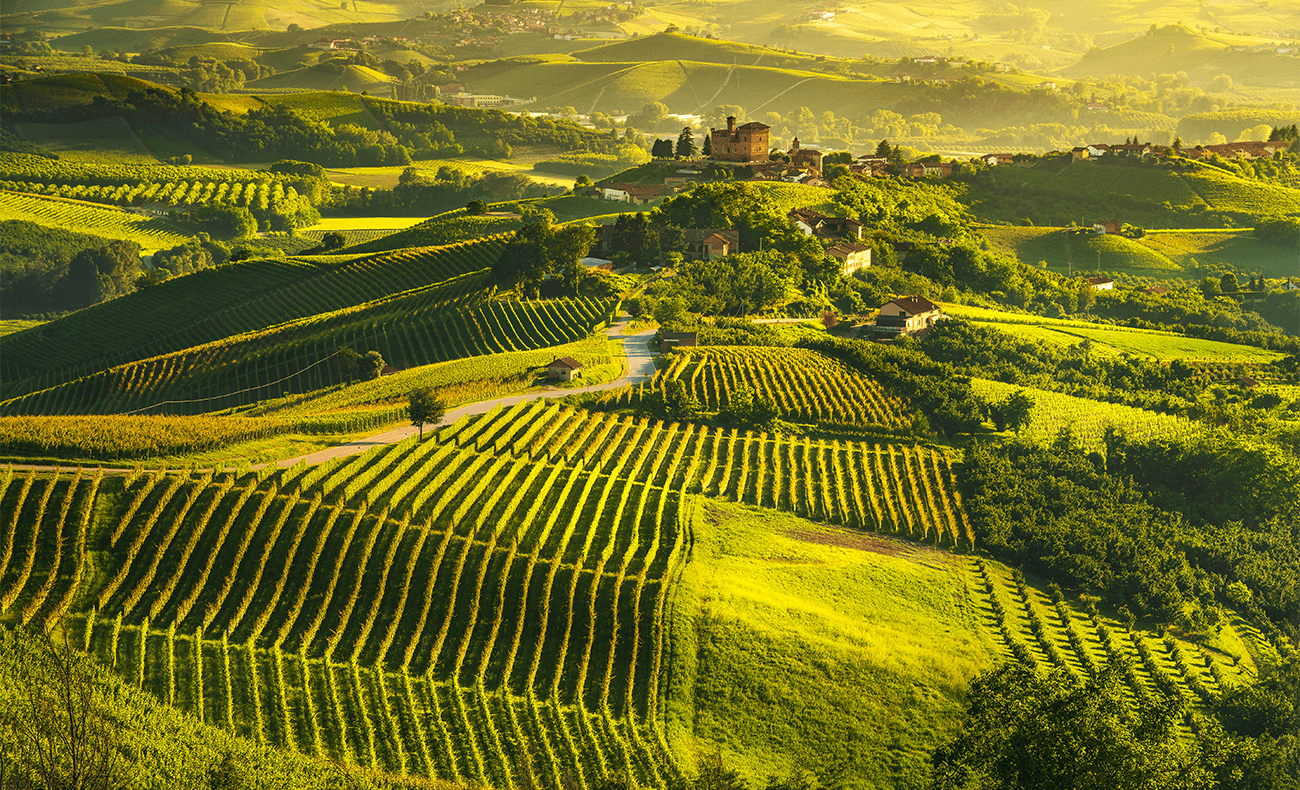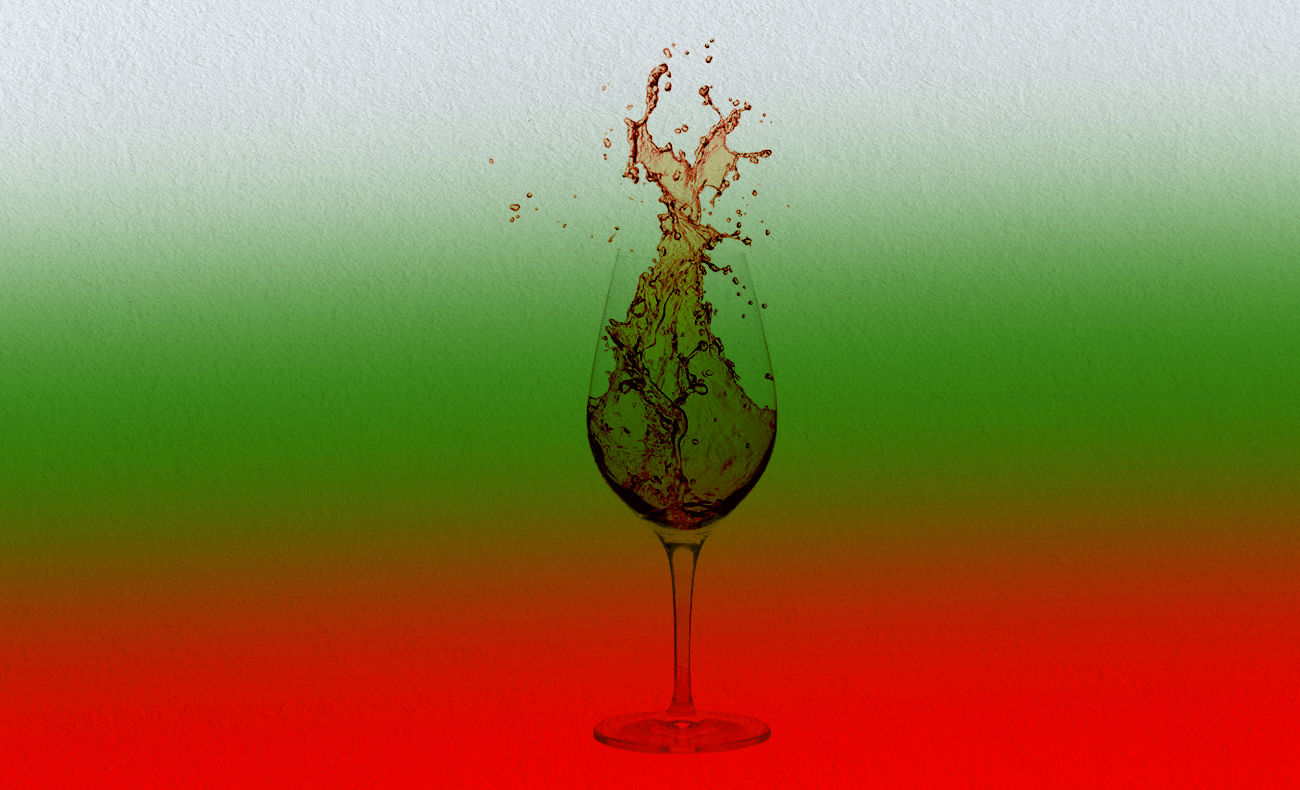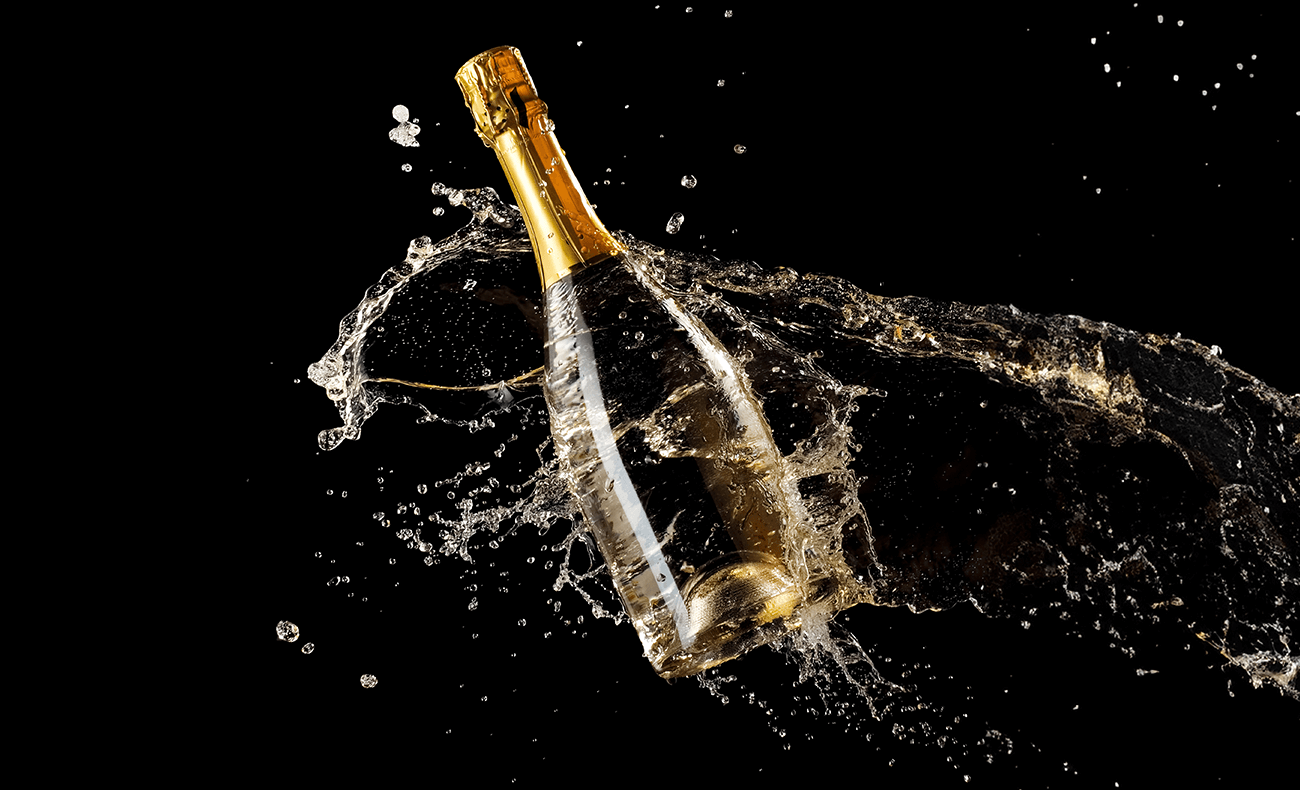Exploring the Diversity of Spirits: A Guide to Different Types and Their Unique Characteristics In the vast realm of...
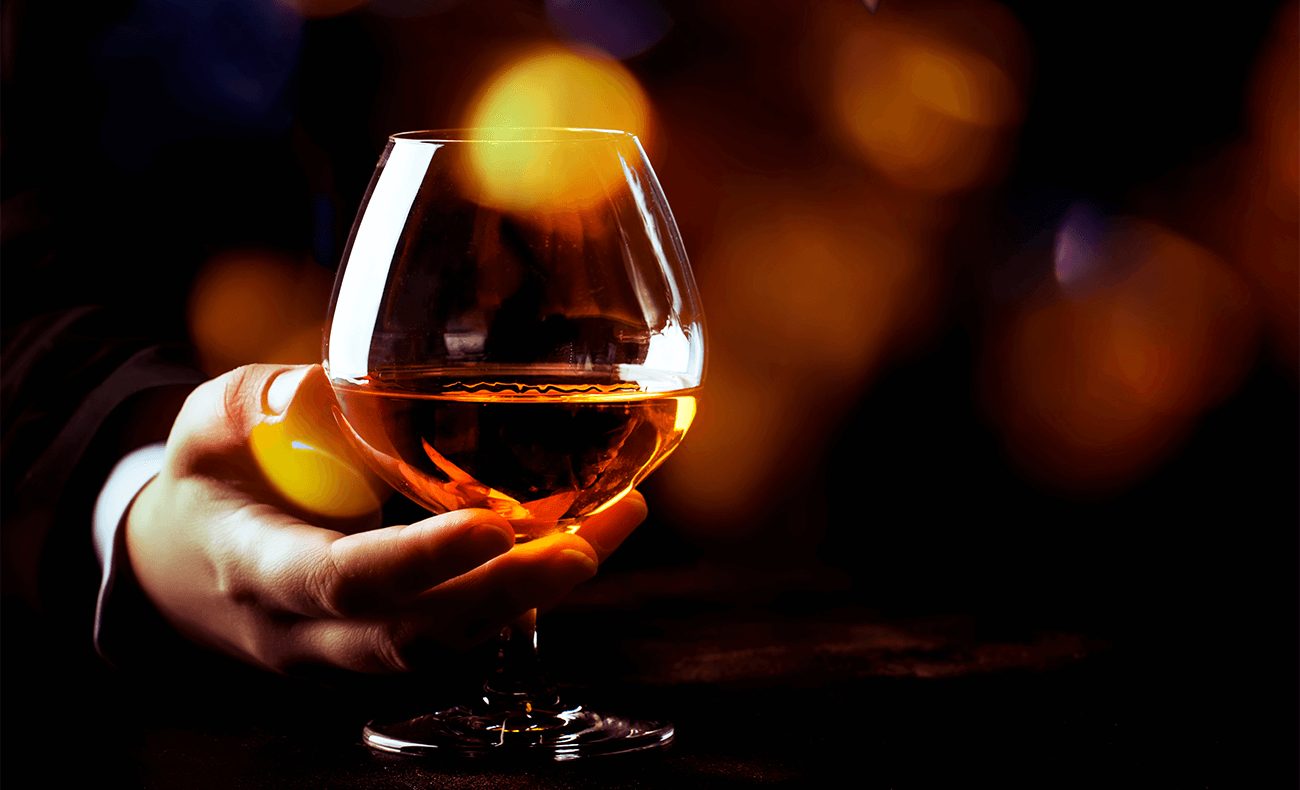
The history of Cognac
Cognac, Brandy or Burned Wine’s history
Cognac is a type of brandy that originates from the Cognac region in southwestern France. The history of cognac dates back several centuries and is closely tied to the development of the distillation process, wine trade, and regional geography. Here's a brief overview of the history of cognac:
Ancient Origins of Distillation: The distillation process, which is crucial for making cognac, has ancient roots. The Moors are often credited with introducing the distillation of alcohol to Europe during the Middle Ages. This knowledge gradually spread through medieval Europe, and by the 16th century, distillation was a well-established practice.
Wine and Brandy Production in Cognac: The Cognac region has a long history of wine production, dating back to Roman times. However, due to the region's northerly climate, the wines produced were often too acidic for direct consumption. As a result, locals began distilling wine to produce brandy, a practice that gained popularity over the years.
The term "burned wine" could be a colloquial way of describing the transformation of wine through the distillation process, which involves heating the wine to separate alcohol from water and other components.
Dutch Influence: In the 17th century, Dutch merchants began using pot stills to distill wine into a high-proof spirit. This process significantly improved the quality of the resulting brandy. The Dutch also introduced the concept of aging the spirit in wooden barrels, which added depth and complexity to the flavor.
The Birth of Cognac Branding: The 17th century also saw the birth of the Cognac brandy industry. Local producers started to focus on creating high-quality, distinctive spirits. The region's chalky soil, abundant vineyards, and proximity to the Atlantic Ocean for transportation made it an ideal location for brandy production.
Official Recognition: In the 18th century, the official recognition of the Cognac region as a designated area for producing high-quality brandy laid the foundation for the controlled production of cognac. Regulations and standards were established to ensure the authenticity and quality of the spirit.
Phylloxera and Recovery: In the late 19th century, the phylloxera epidemic devastated vineyards across Europe, including those in Cognac. However, the region managed to recover, and the crisis ultimately led to improvements in grape varieties and vineyard management.
Global Expansion: In the 20th century, cognac became a globally recognized and sought-after spirit. Major cognac houses, such as Hennessy, Rémy Martin, and Courvoisier, gained international acclaim. Cognac's popularity continued to grow, and it became a symbol of luxury and refinement.
Modern Era: Today, cognac is protected by French law, and its production is governed by strict regulations. The region is divided into crus, or growing areas, each with its own characteristics. Cognac is made primarily from the Ugni Blanc grape, and the aging process in oak barrels remains a crucial factor in its production.
Cognac has evolved from a local brandy to a globally celebrated spirit, known for its complex flavors, rich history, and association with luxury and celebration.




